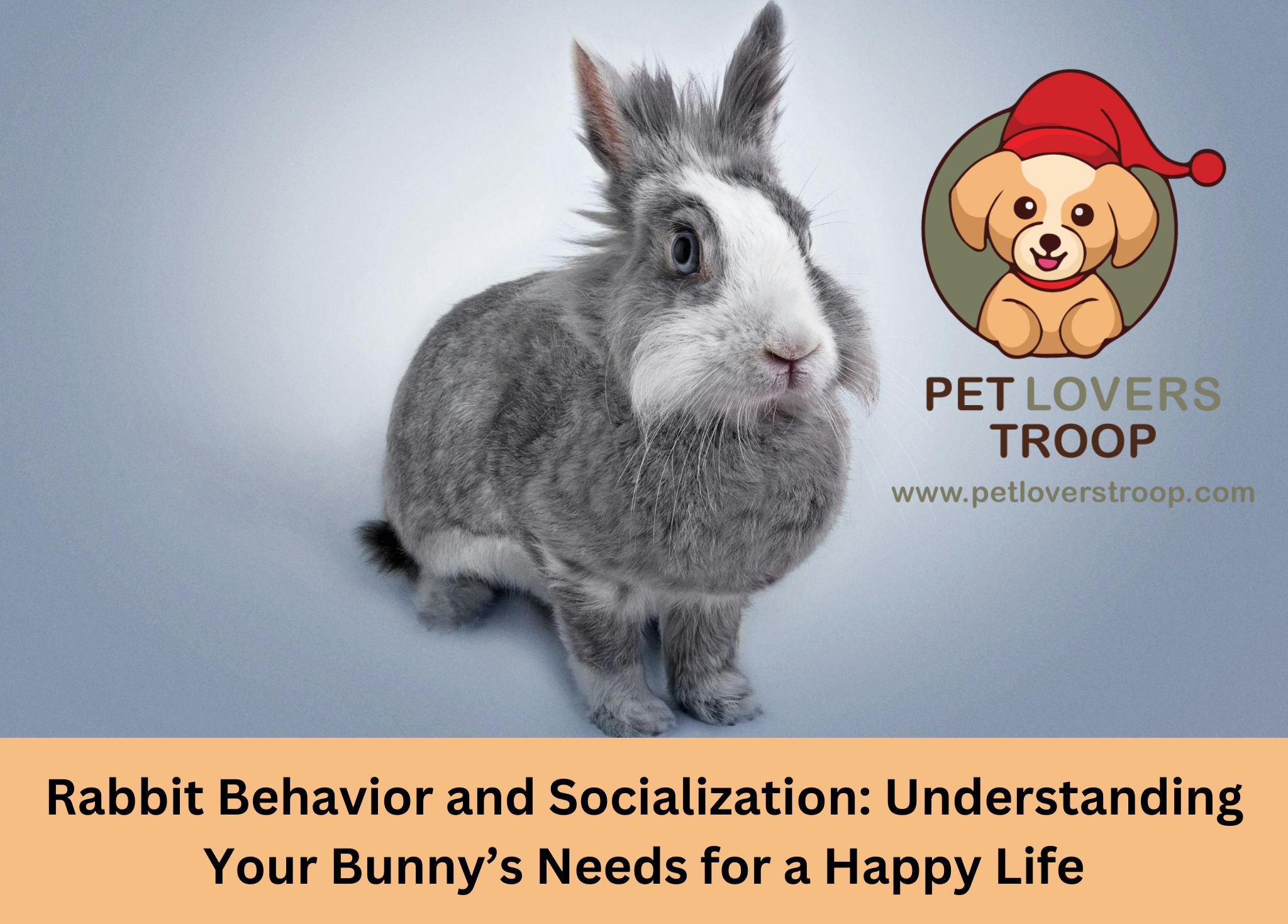Rabbit behavior varies depending on the individual bunny, but there are some common patterns that all pet rabbits will exhibit. Understanding a rabbit’s body language, behavior, vocalizations, and stress signs is crucial for providing them a happy home.
This guide will help bunny owners learn how to take care of their rabbit’s needs. Rabbits need friends, to stay healthy and friendly. We will discuss different tips and things to show owners how they can do it.
Rabbits like being with other bunnies or people. They enjoy being pets, playing games and becoming close friends. Not every rabbit wants to be touched right away though. With time and patience, owners can do enrichment activities. These fun activities will help the rabbit get used to their owner.

Rabbit Behavior
As prey animals, rabbits communicate their emotional condition and wants through subtle signs known as rabbit body language. Understanding these signs will help the owner make the pet happy and feel protected.
Check out: Caring For Angora Rabbits – How To Build A Comfortable And Supportive Environment For Your Bunny
Understanding Rabbit’s Body Language
The ears of a calm bunny hang down towards its back. Its eyes may be half closed. But a scared bunny looks different. Even its body stance changes when stressed. Its ears will be tight to its head and its eyes will stay open all the time.
Understanding a rabbit’s body clues helps owners how to deal with their rabbits in all situations. The signs also let owners quickly notice if the bunny feels afraid or upset. Paying attention to how it sits and what its ears and eyes do tells the owner how it feels inside. This helps the owner make the bunny feel safe and happy.
Another important signal is how the rabbit positions its hind legs. If the rabbit is relaxed and comfortable it will be in a curled-up position with its legs pulled in close to its body. But when threatened, its legs will spread sideways and position itself to kick.
The fluffy tail of the rabbit can also tell a lot about its disposition. Standing and sitting generally implies everything is fine while a rabbit moving its tail which has been lifted up and down may be scared or mad.
Have a look at: A Beginner’s Guide to Rabbit Care Essentials. How to Keep Your Little Partners Happy and Comfortable?
Understanding Rabbit’s Social Behaviors
Rabbits are social animals, which means that they need physical contact, in the form of grooming, playing, or other rabbits, to be happy. When comfortable with other bunnies, one’s ears will lie flat and rest close to their buddy.
Some of the gratifying forms of affection demonstrated by rabbits include grooming since they have to groom each other carefully to clean each other’s fur. Pursuing, mounting, rolling (binkying), and flirting or mild play fighting are typically enjoyable activities that make their daily lives fulfilling.
From social interactions, physical movements and physiological signs a pet rabbit gives its owners a clue of what makes it happy or uncomfortable. It also helps them to meet their needs and enrich the environment to ensure that any signal of stress is detected and treated.
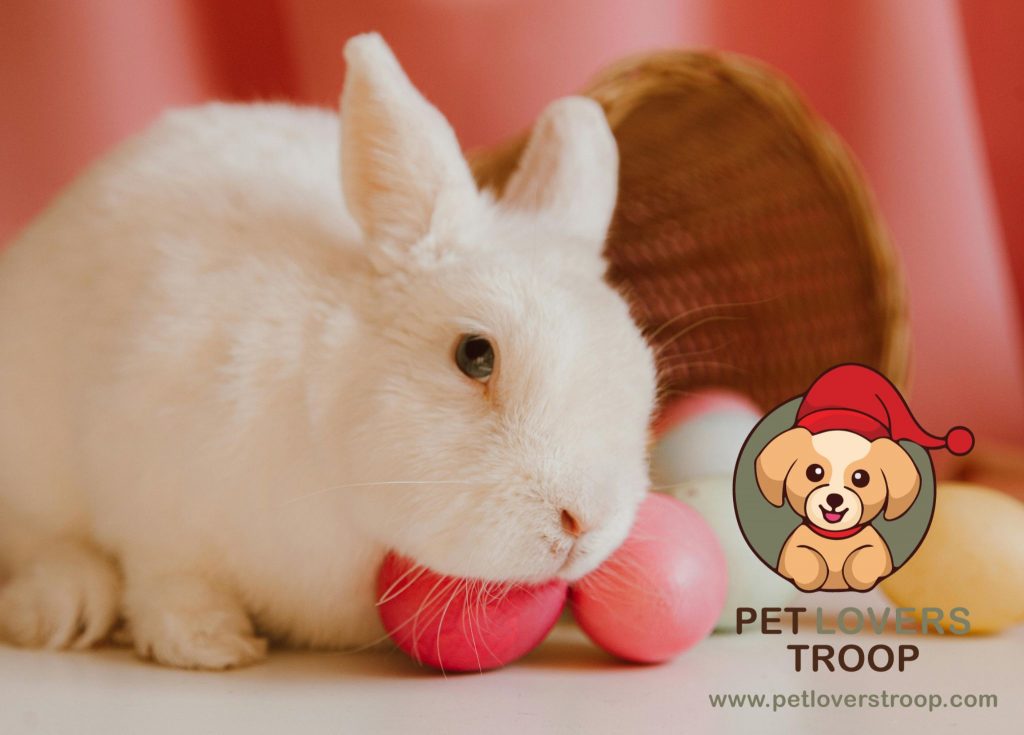
Pet Rabbit Socialization
A pet rabbit’s emotional and physical health relies upon developing a solid human-bunny bond. This takes time, patience, and consistency. Start by giving your bunny space and letting them approach you for gentle head scratches on their terms. Use food rewards to foster positive associations. Over weeks, your rabbit will learn they can depend on you for safety, shelter, and affection.
Check out: https://rabbit.org/care/how-to-care-for-a-pet-rabbit-a-primer/
Bonding with your Rabbit
Spending supervised playtime outside the cage enhances rabbit bonding. Bunnies adore tunnels, chewing/digging toys, and activities encouraging natural rabbit behaviors like foraging.
Rotate toys to keep them engaged. Brush your bunny daily using a soft brush they enjoy to associate handling with pleasure. Your bunny may grow to enjoy caring touches or prefer adjoining spaces. Respect their personality, while offering enrichment.
Discover more: Unveiling the Unique Personality Traits of Persian Cats: A Comprehensive Guide to Care
Introducing Pets to Other Rabbits
Once strongly bonded to humans, consider an indoor rabbit friend for added companionship and enrichment. Bunnies require diligent introductions to prevent fear-based conflicts.
Use a neutral space and let them explore each other’s scents before supervised playtime. Grooming, binkies, and lying together show they’re content. With patience, your bunnies may form a joyful pet-rabbit socialization partnership for life.
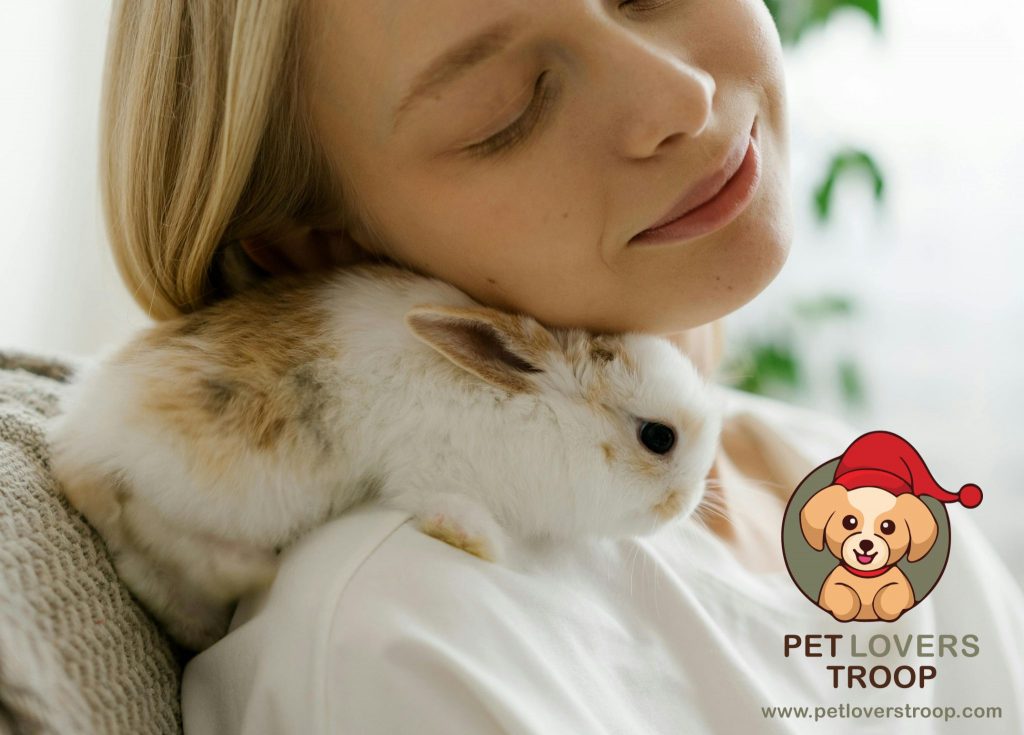
Rabbit Needs
Pet rabbits rely on their human caregivers to meet their basic survival requirements. Fulfilling their bunny needs with care and consistency nurtures a rabbit’s well-being.
Have a look at: Pet-Friendly DIY Projects: Creating Customized Accessories for Your Pets
Housing
Rabbits need a large area for housing which should be an enriched hutch or a cage placed indoors. Select a home where they will have the opportunity to exhibit typical postures and actions.
Some ideas include providing hiding boxes and platforms for resting at different levels. Fresh hay should preferably be spread on the floor for scratching and chewing requirements.
Diet
Nutrition suitable for a specific breed helps to avoid various diseases. The availability of hay leads to the wearing down of teeth as well as aiding in digestion. Hay gets nutrients from the fresh vegetable supply. High-fiber pellets contain appropriate minerals and minimal sugar inclusion. Clean water should also be available all the time.
Grooming
Groom the rabbit with a soft brush once per week to maintain the fur in good health. Remember that bunnies are very clean animals and they like to groom themselves very often so the living environment of your pet must always be clean. Nail cutting of larger excessive nails must be done every four to six weeks and this should take patience to avoid the kicks.
Rabbits thrive with a consistent routine that addresses their shelter, nutritional, and hygiene needs. By fulfilling these basic bunny needs, owners enable their pets to feel secure while expressing natural rabbit behaviors and thriving in human-rabbit companionship.
Read more on: French Lop Rabbits 101 – Understanding Their Distinctive Features, Temperament and Personality
Rabbit Care Tips
Practical rabbit care tips ensure your bunny stays healthy, safe, and content. Owners can implement positive routines with patience and consistency.
Handling Rabbits
When handling or picking up your rabbit do not hold it by the ears or tail as this may lead to injury, instead support the hind parts as well as the chest. Move with their speed to gain trust through grooming, playtime, and supervised lap time. Respect signs they wish to be put down.
Rabbit Proofing
Bunnies chew electrical cords for their taste, so cover any that cannot be removed. Also, block access under furniture where urine may go unnoticed. Rabbits adore chewing, so protect baseboards and furniture legs with plastic sheeting. Safe chewing objects must be provided to ensure healthy teeth and jaws.
With patience, enable a strong bond and happy home for you and your bunnies, enabling them to thrive and grow. Each furry friend brings its unique qualities to delight in.
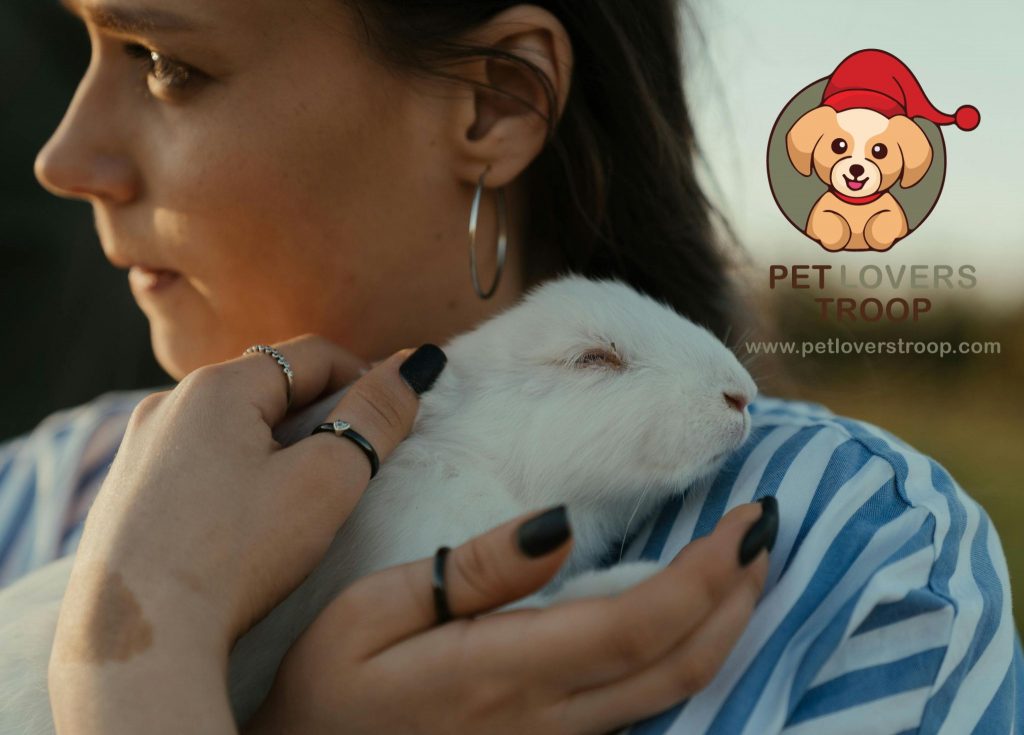
Rabbit Companionship
Rabbits require bonded pairs for daily rabbit companionship needs. This can be done through the use of enrichment activities as well as observing the physical signs of the pet.
Also check out: Understanding Gastric Stasis in rabbits. How to treat a sick rabbit at home?
Play and Enrichment
Change toys positions, providing tunnels, hides, and chew toys. Rabbits are intelligent and enjoy searching for toys and carriers for fun games and safe snuggling outdoors. Rabbit bonding is enhanced through games wherein they are allowed to play and are monitored while doing so, as they satisfy their digging and chasing needs.
Rabbit Stress Signs
Identifying when a pet feels scared, unwell, or bored prevents issues. Rabbits may nibble excessively or become lethargic due to new scents or sounds. Early intervention reduces stress, such as adding safe hides, limiting activity, or vet visits for any uncommon rabbit behavior or body language.
Stay calm and still, so the bunny feels calm too. Do not get too close until the bunny is used to you being there. Let the pet come to you first before trying to play. You can give rewards to them for being calm.
When the owner and bunny understand each other, it is good for the pet. It makes the bunny feel happy. Rabbits like places to dig and toys with treats hidden. These fun activities let them act like outside bunnies. Taking good care of bunnies makes everyone get along nicely.
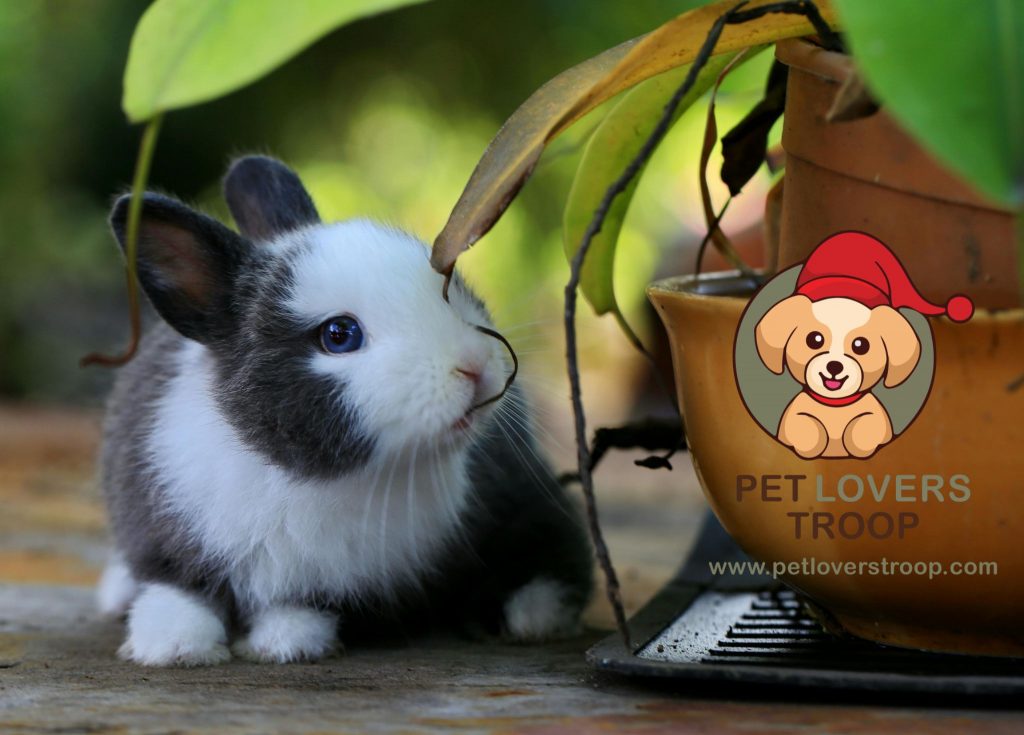
Rabbit Bonding
A strong bond between owners and bunnies needs trust and you are aware of rabbit behaviour and their care tips.
Establishing Trust Through Touch
Start by staying still so the bunny can sniff you. Gentle back rubs make them feel calm when they want them. With time and always being nice, they learn gentle touching means safe, not scary.
Learn more about: Keeping Rabbits Indoors or Outdoors: Evaluating the Pros and Cons of Rabbit Houses
Learning Rabbit Communication
Pay attention to how the bunny’s ears and back legs look. Make sure the bunny feels safe when exploring. Relaxed bunnies sniff things first before other things. Knowing happy chewing from scared chewing helps fix the bunny’s space or food by talking with the owner.
Play outside the cage builds friendly bonds. You enjoy seeing each bunny’s cute way as you both learn to understand each other better. Checkups with the vet also help them feel safe.
A caring home meets any pet’s needs to live healthy and happy. Knowing each other more from being friends for a long time grows their trust between owners and bunnies.
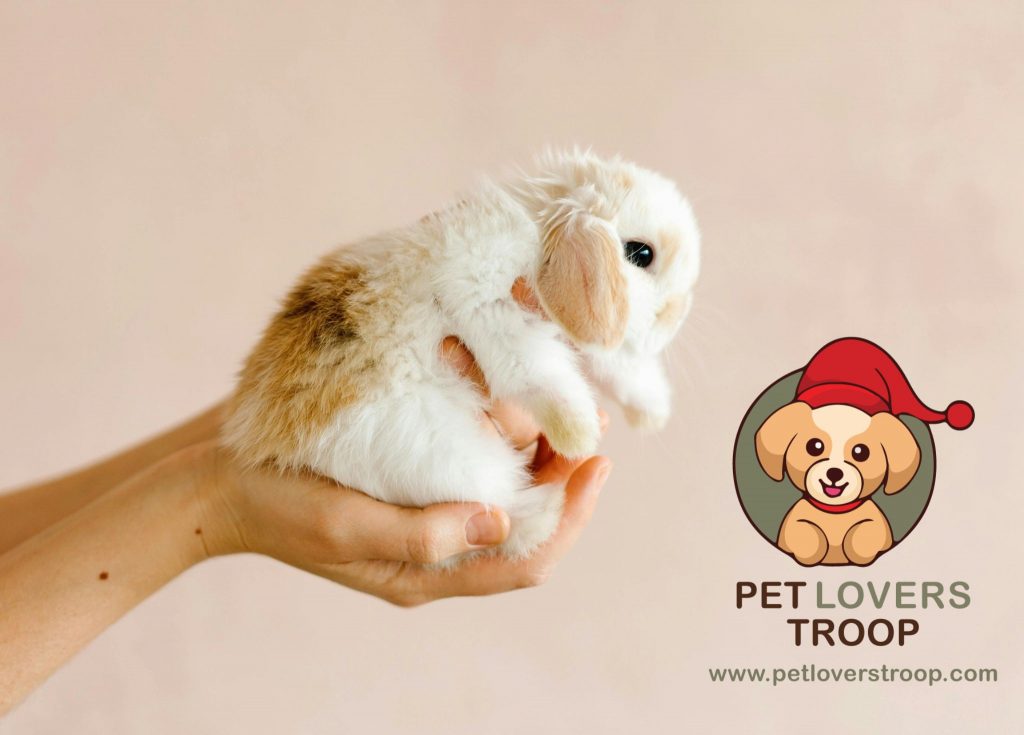
Conclusion
Owners can improve their relationship with their pets by knowing rabbit behaviors and their preferences. When you take care of the needs of rabbits, it makes them happy and they feel satisfied. Being patient and knowing how rabbits naturally act builds trust between rabbits and owners.
Rabbits like to play and explore new things. A space made for them with toys keeps them busy and helps them in using their minds. Playtime reduces stress. Rabbits enjoy chewing, digging and finding food each day like in the wild. This helps them feel like real rabbits.
Pet rabbits that have their needs met feel great inside and out. Their happy personalities show. Owners are so happy seeing content bunnies. Taking care of each other is important. This is why a rabbit can be a great friend to make anyone smile.
